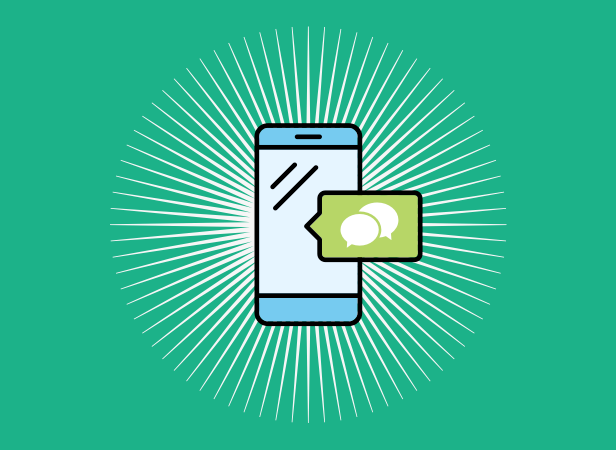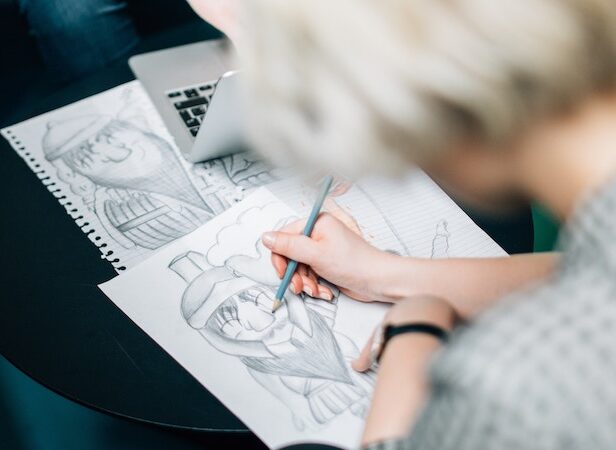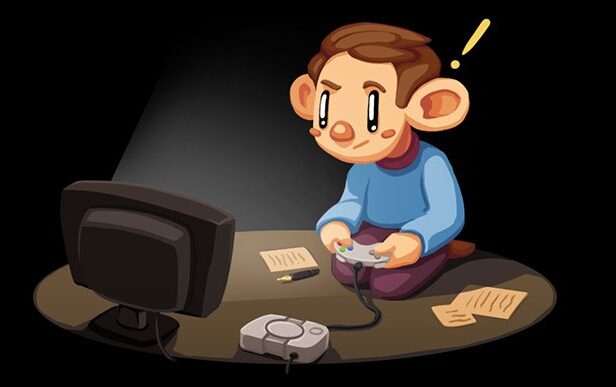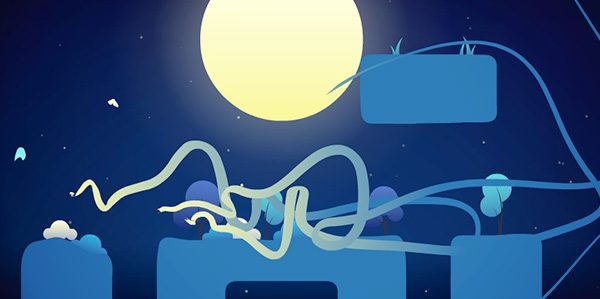Category
Game Design
#Data & Analytics
How To Perfect Your Game’s Core Loop
At the heart of your game’s design, there are core mechanics, and the core gameplay loop. In short, it’s the main activities that structure the entire design and the players engage into repeatedly, in a looping sequence. It’s part of the essence of the game, something you cannot remove without fundamentally altering the experience. In the original Mario, this would be walking, running and jumping. The various enemies, bosses, and environments stem from the core mechanics. They are here to surprise the player, challenge his skills and keep the experience fresh. In other words: to exploit the core loop to its fullest, and add extra depth to the experience. There are several loops that structure your projects, depending on the lenses you use. Just like there’s a core gameplay loop, there are core economic loops that will derive from your...
#Game Design
Our 9 Sound Design Tips to Improve your Game’s Audio
We barely touched on sound, yet it’s an important part of the game’s experience: It gives cues to the player that will help him to react to the world. For example, you can hint the presence of some NPC behind a wall or inside a building. Or let the player know that an enemy is rushing on him while it’s not visible yet. Sound provides instant feedback to the player’s inputs. We talked about that in the article on juicing, which you can check out right here: Squeezing more juice out of your game design! Music is your most powerful tool to drive emotion. Sound effects greatly contribute to the player’s immersion. The absence of sound, or bad sound design will break your game’s feel. That’s why you want to pay great attention to it. For this article, we collected...
#Game Design
Being Successful in Free to Play Games: Atelier 801 Interview
We got in touch Melanie Christin, the co-founder of Atelier 801, an independent game studio that produced the massively multiplayer Free to Play title Transformice. Its community has been extremely active since 2011, the year of its initial release. We asked her for tips and feedback on the company’s experience. Melanie, can you tell me who you are and what you do at Atelier 801? Hi, I am Melanie Christin, the cofounder of Atelier 801. We built this game company with my partner, Jean-Baptiste Le Marchand, thanks to the success of our first game, a multiplayer title called Transformice. And we created the game one year before the studio. Your flagship game is Transformice. How does it play? Transformice is a massively online multiplayer browser-based game. The player is a small mouse that jumps from platform to platform to catch a...
#Game Design
The 9 Do’s and Don’ts of Game Trailers
Editor’s note: as we discussed in Marketing Your Indie Game on a Zero-Dollar Budget and How To Create Immersive Game Intros, your game’s trailer is one of your most powerful marketing assets. Whether it’s for your website’s visitors, who want to get a sense of how the game feels, or more importantly for the press, who will use it to decide whether they want to cover your game or not. This article will help you showcase your game in the best possible light. Game trailer fundamentals Your game trailer shows what the game is, and it has the power to drive emotion and interest before people get a chance to try out your game. It provides you with an arsenal of visual and audio tools to turn viewers into players. The structure of your trailer will likely always be the same. It will: Start...
#Game Design
iMessage Games: New Opportunities for 2017
It’s an exciting time when a platform or feature creates new opportunities with which you can make games. As a developer, being first to market can prove lucrative as there is much lower competition. However, this doesn’t come without risks; if the platform fails then your game and the investment you’ve made is wasted. The iMessage platform is simple to develop on and uses Xcode as the main tool to create projects. When compared to new technologies such as VR or AR (which both require much larger investments in learning and development), iMessage provides a less risky opportunity for new games. At Pocket Gamer Connects 2017 in London, I presented some of the data that we’ve been observing from the latest iMessage apps. I took the time to read up on the protocols and the implementation as well as downloading...
#Game Design
How To Make An iMessage Game (And Why)
What’s the deal with iMessage games? With iOS 10, developers are now creating games that are directly integrated with iMessage. This seamless, inherently social play style is viral by nature with built-in engagement and retention mechanics. If you’re not already building for the iMessage App Store, it’s a channel to watch. In this post we’re going to start by outlining the technical setup for such a game. We’ll then explore how you can make the most of this relative new kid on the block, with comments from some thought-leaders to help answer the question: what makes a great game for iMessage? Click here to skip the technical part. [bctt tweet=”iMessage Apps  ? Create, Design & Release a Successful iMessage Game! #imessage #app #gamedev” username=”GameAnalytics”] How to create an iMessage game iMessage Apps allow users to engage with your content without having...
? Create, Design & Release a Successful iMessage Game! #imessage #app #gamedev” username=”GameAnalytics”] How to create an iMessage game iMessage Apps allow users to engage with your content without having...
 ? Create, Design & Release a Successful iMessage Game! #imessage #app #gamedev” username=”GameAnalytics”] How to create an iMessage game iMessage Apps allow users to engage with your content without having...
? Create, Design & Release a Successful iMessage Game! #imessage #app #gamedev” username=”GameAnalytics”] How to create an iMessage game iMessage Apps allow users to engage with your content without having...
#Game Design
Shooting for the Stars: How the devs behind Crossy Road and Shooty Skies became mobile masters
Andy Sum began making games as little more than a hobby more than a decade and a half ago. Sum, who has been one of the leading forces behind two of the biggest mobile hits of the last two years – Crossy Road and relatively new kid on the block Shooty Skies – spent years developing titles for his own entertainment and didn’t actually release his first game commercially until 2009. “My first release was called Faerie Solitaire for the guys at Big Fish Games,” opened Sum, who sat down to talk to us at GameAnalytics about his career to date. “You could say it wasn’t the type of game I’d play myself, but it’s done well. You can still play it today, actually.” Faerie Solitaire didn’t actually fire the starting pistol on his career, however, with Sum – who...
#Game Design
3 Simple Steps To Improve Your Game’s Graphics
We have a strong tendency to judge a book by its cover. It takes but a split-second for our opinion of a website or any visual design to be tainted, positively or negatively. Coming up with both an appealing art direction and some efficient UX design is no easy task. When someone discovers your game, their first experience is shaped by your art. They likely see a picture of it first, be it from a screenshot, a video, or your game in action. So if you ever wondered why studios bother spending big money on polished art, now you know. But what are we talking about exactly? Resonant visuals are more than just detailed graphics. They have to be both beautiful and meaningful to players. In practice, your game’s aesthetics encompass both the principles of design and your overall art style....
#Game Design
11 Tips to Speed Up your Game Design Process
At the start of a project, everything has yet to be done. There are loads of tasks at hand, and it is hard to tackle them in the right order. As a game designer, our job involves some writing. Often a lot of writing. The large, almighty Game Design Document is a myth. I am talking here of a hypothetical file that would contain every bit of information there is to know about a game. For larger teams, they are too many elements to record and keep track of to have them all compiled in a single document. And sections of a GDD are relevant but to a small portion of the development team. Documents are less than ideal when it comes to assembling coherent networks of information. But we still have to write a lot in the pre-production phase of a game....
#Game Design
How to expand your audience with Game Accessibility
We make games for others to enjoy. We want to reach the largest amounts of players possible within our target group. There are many decisions we can take in our design process to improve the feel of our game. We can invest time on the core mechanics, the aesthetics, and the sound design. All that is of great importance. We want our games to keep the players in a mental state of flow as much as possible. Our games should try their best to keep the player immersed in its world. In other words, our role as designers is to provide a good user experience. That is the field of UX design. It is all about making our creations usable, enjoyable and accessible. Those 3 components of UX design are deeply linked to one another. Your game will hardly be pleasant if its UI is...
#Game Design
Exploring Games from the Creator’s Perspective
There are a few ways we can go about improving our understanding of game design. We can read books, articles, watch talks… We can also analyze games! In this article, I want to explore with you an efficient analysis process, for learning purposes. It is about exploring games with a creator’s eye. For scholars or game analysts, a better source of information on game research would be the website Game Studies. When I study a game or one of its components, my goal is to better understand how it works. I want to know how it was built and why it was made that way. In other word, I’m looking to get a sense of the intention of its authors. A secondary objective is to sharpen my observation skills, to practice critical thinking. The goal of an analysis is not...
#Game Design
Squeezing more juice out of your game design!
So you’ve made a great core game. The mechanics are rock solid, the first time user flow feels great and people can understand how to play, but somehow your game doesn’t feel quite right. Since gamers first began interacting with controllers, designers have struggled to make experiences feel better, this adaptation of your games feel is often referred to as a game’s juiciness. What is juicing all about? Game Juice is a pretty wide yet specific concept. As the term suggests, juicing is about taking a game that works and adding layers of satisfaction to improve game feel. Satisfaction is created by the senses, every visual and auditory input has the ability to make something that is virtual work in a way that is more believable. It’s not the art of realism, but more the art of illusion that leads a...
#Game Design
How To Create Immersive Game Intros
Your game’s intro can make or break its retention. Nathan Lovato offers tips on how to get your players through the intro and make sure they stay long enough to get a taste of the best your game has to offer.











